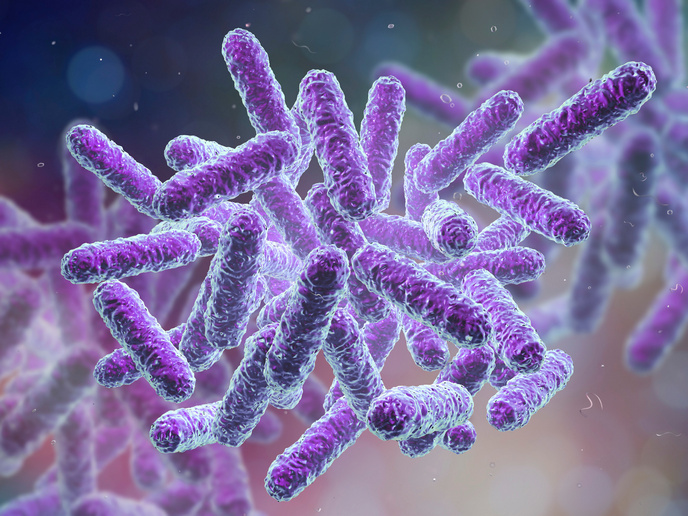Mapping milk production traits
The basic objective of this project was to map quantitative trait loci (QTL) that are stretches of DNA closely linked to the genes for these milk-producing traits. Advanced mapping techniques were then used in combination with identification of markers for the required traits. Milk production could then be optimised in dairy and dual-purpose cattle where the males are used for meat and the females for milk production. Researchers at the Ludwig-Maximilians-Universität Munich concentrated their research on various dual-purpose breeds including the Flekvieh/Red Holstein cross. Cattle have a long generation interval and the team was aware that there were limited possibilities for QTL mapping for introgression of the desired traits. To overcome this problem, the large advanced backcross population of Flekvieh cattle that has been developed over the past 30 years was used in the programme. Among the techniques used for high resolution mapping of the QTLs, was Identical By Descent (IBD) mapping. This speeds up the mapping process by effectively only using donors with matching sequences. For the QTL mapping procedure, selective DNA pooling was utilised. Therefore, the marker allele frequencies were estimated in pooled DNA samples of phenotypically extreme individuals. The results achieved the identification of 31 QTL markers in 26 out of the total 29 bovine chromosomes. The main limitation of selective DNA pooling was that fine resolution mapping is not possible. However, these results have laid the foundation for the application of genomic methods of selection in cattle breeds. Interested breeding organisations can also use the data and tools for the production of superior herds.







